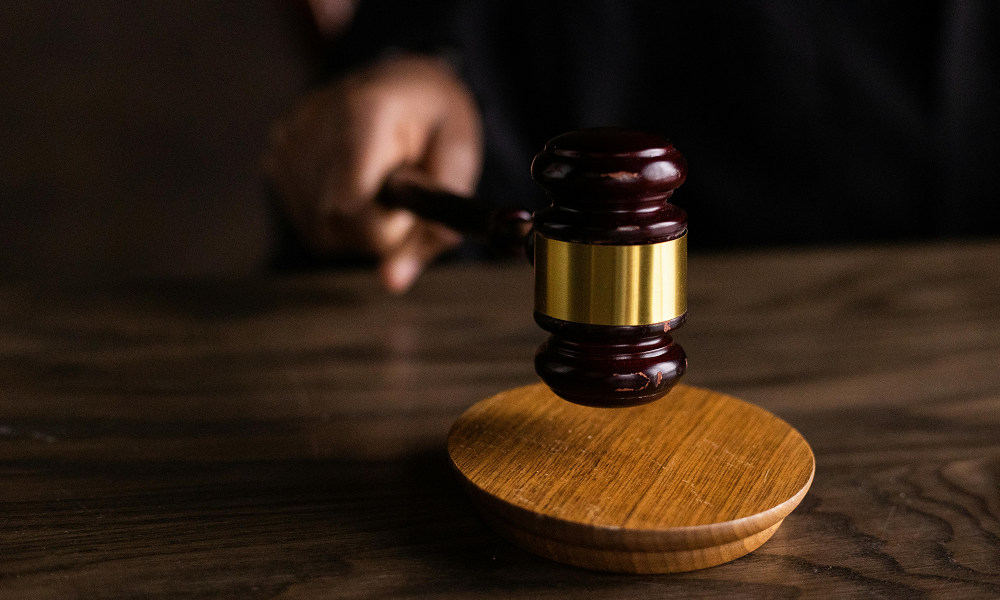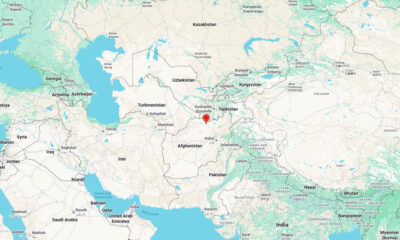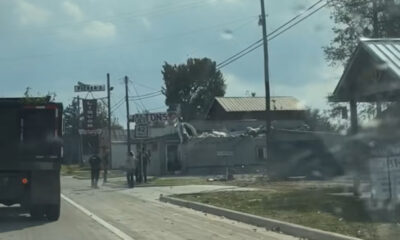Reviews
Step-by-Step Breakdown of the Auto Accident Lawsuit Timeline

If you’re considering a lawsuit after a car accident, one of your biggest questions is probably, “How long will this take?” There are plenty of myths and unrealistic expectations out there. This guide, with insights from attorneys, will walk you through the realistic timeline of an auto accident lawsuit.
Setting Expectations: No “Quick Cash” Windfall
First, it’s important to dispel the common misconception: Most auto accident lawsuits are not resolved in a few weeks or even a couple of months. On TV or movies, you might see someone get a check almost immediately after a dramatic courtroom scene. Real life is different. Lawsuits involve multiple steps and a lot of back-and-forth between parties. It’s a marathon, not a sprint.
Typical car accident claims might settle within a few months, without a lawsuit. But if you’re filing a lawsuit – perhaps because injuries are serious, liability is disputed, or the insurance company won’t offer a fair settlement – you should be ready for a timeline often ranging from several months to a couple of years.
Phase 1: Filing the Lawsuit and Serving the Defendant (Weeks to Months)
Hiring an Attorney & Investigation
Before a lawsuit is filed, you likely spent some time hiring a lawyer, and they conducted an initial investigation. They reviewed police reports, medical records, and possibly negotiated with the insurance company. During this stage, you may also learn that the at-fault driver was uninsured, but that doesn’t automatically mean you’re out of options. In some cases, even an uninsured driver can still be held financially responsible for the other driver’s injury and repairs through a civil lawsuit.
Filing the Complaint
The lawsuit officially begins when your attorney files a document called a complaint with the appropriate court. This complaint lays out the basics: it identifies you and the defendant, describes the accident and injuries, alleges why the defendant is at fault, and states what damages you seek.
Service of Process
After filing, the defendant must be formally notified, served with the complaint and a summons. A process server or sheriff usually handles this. Service can happen within days if the defendant’s address is known and they are around. However, if the defendant is challenging to locate or avoids service, this stage can take weeks or occasionally months. The law typically gives some leeway; for instance, you might have 30-60 days to get them served after filing.
Phase 2: Discovery – Exchanging Information (Several Months to Over a Year)
Discovery is often the longest phase of a lawsuit. This is where both sides gather evidence from each other to build their cases. It includes:
Written Discovery
Each side sends the other written questions and requests for documents. For example, you might be asked to detail your version of the accident or list all medical treatments. You’ll likely need to provide medical records, bills, proof of lost wages, etc.
Depositions
A deposition is an interview under oath, recorded by a court reporter. Both attorneys are present, and the person being deposed answers questions. If you’re the plaintiff, expect to be deposed by the defense attorney. Your attorney will prep you for this.
Expert Discovery
In serious cases, experts such as accident reconstructionists, medical experts, and vocational experts are involved. Each side might hire experts, and then the other side can depose those experts. Reports may be exchanged.
Independent Medical Exam (IME)
The defense may request that you see a doctor of their choosing for an evaluation. Coordinating this and awaiting the doctor’s report adds time, too.
Phase 3: Negotiation and Possible Mediation (Timeline varies)
Settlement talks can happen at any point, but typically they heat up after substantial discovery is done. Both sides now have a clearer picture of the evidence:
When Settlement Talks Occur
Sometimes after depositions, one side may make a move. Often, the defense waits to see how strong your case is – for example, how credible you were in deposition, or what your doctors say.
Demand and Offer
Your attorney might send a settlement demand letter, or the defense might float an offer. These negotiations can go back and forth over weeks. If the gap is large, it might not resolve immediately.
Mediation
It’s very common to go to mediation, which is a formal settlement negotiation facilitated by a neutral mediator. Many courts even require it before allowing a trial. Mediation usually happens after discovery, maybe a few months before a trial date.
If a Settlement Reached
If you settle, there are still some timeline items to consider: putting the agreement in writing, getting payments, and signing release forms. But those are relatively short.
If No Settlement Yet
If mediation fails or one side isn’t ready to settle, you proceed toward trial, but often talks continue informally. Some cases settle on the courthouse steps, literally right before trial, when pressure is highest.
Phase 4: Pre-Trial Motions and Trial Prep (Weeks to Months before Trial)
If a settlement isn’t achieved, both sides gear up for trial:
Pre-Trial Motions
These could include motions for summary judgment. Defendants often file summary judgment motions, which are rarely granted in the plaintiff’s favor in negligence cases because typically there are factual disputes.
Motions in Limine
These are typically done right before the trial. Both sides ask the court to exclude or allow certain evidence. For example, a motion to exclude mention of your unrelated medical history if it is not relevant. These get decided in the days leading up to trial or at a final pre-trial conference.
Trial Preparation
Your attorney will be prepping exhibits, witness outlines, jury instructions, etc. You might meet to go over your testimony again. They will subpoena any live witnesses for trial. This preparation period can be intense for your legal team in the months or weeks before trial.
Phase 5: Verdict, Post-Trial, and Possibly Appeals (Months to Years if appealed)
If you win, great, but collection and potential appeal come next:
Collection of Judgment
The defendant’s insurance usually pays the judgment. There might be post-trial motions from the defense to reduce the award or for a new trial. The judge typically resolves those motions within weeks after the trial.
Appeal
The losing side can appeal, typically within 30 days of the final judgment. An appeal can significantly extend the timeline, as they can take a year or more to be decided by appellate courts. During appeal, usually the payment is on hold. Many cases still settle during an appeal to avoid further risk and cost.
If you lose (defense verdict)
You could consult your attorney about your appeal if there were legal errors at trial. Appellate courts don’t retry facts; they only address legal mistakes. If none, the verdict stands.

-

 US News5 days ago
US News5 days agoJetBlue flight diverts to Tampa after altitude drop injures at least 15
-

 World1 week ago
World1 week agoU.S. Navy helicopter and fighter jet crash in South China Sea; all crew rescued
-

 Legal1 week ago
Legal1 week agoMultiple injured in shooting at Lincoln University in Pennsylvania
-

 World2 days ago
World2 days agoStrong 6.3 earthquake strikes northern Afghanistan; felt across Pakistan
-

 World2 days ago
World2 days agoProtesters storm government building in Mexico after killing of local mayor
-

 World3 days ago
World3 days ago10 people stabbed on train in Huntingdon, England
-

 US News6 days ago
US News6 days agoTrump says U.S. will resume nuclear weapons testing ‘on an equal basis’
-

 US News7 days ago
US News7 days agoDamage reported in Kilgore, Texas following tornado warning




